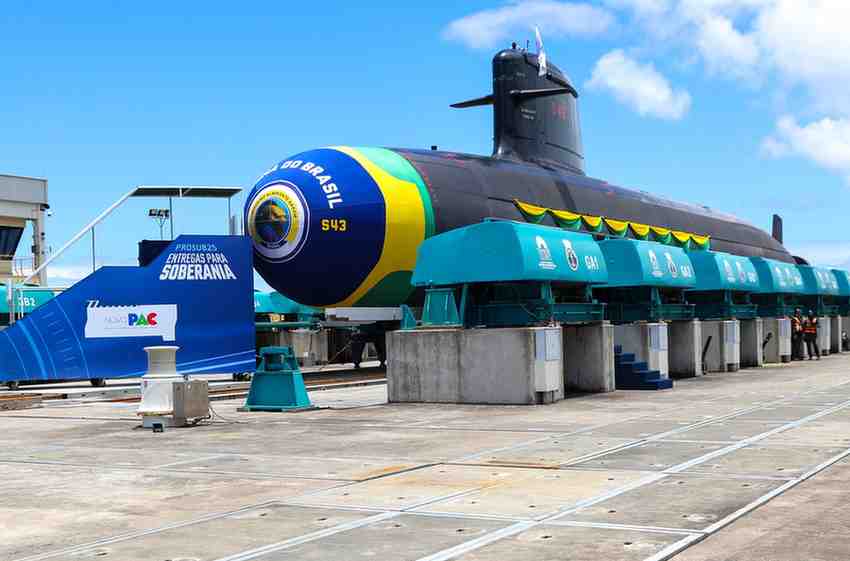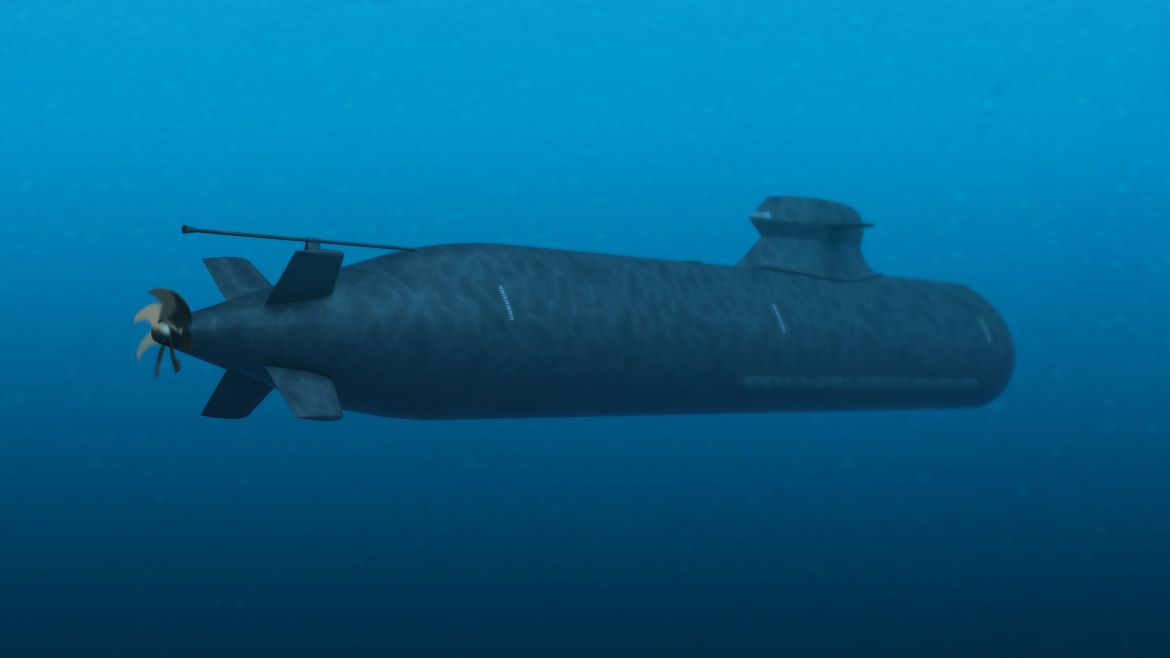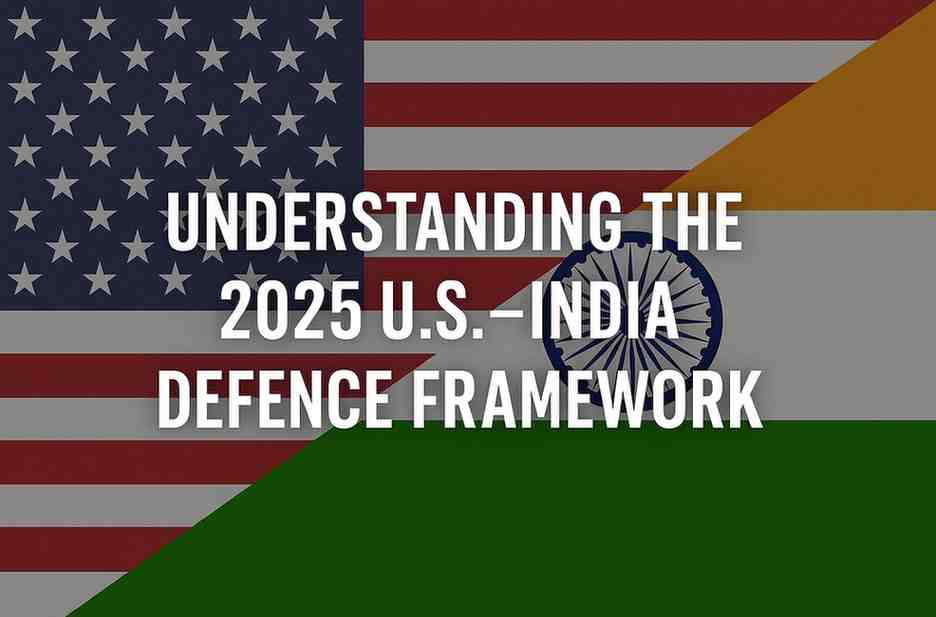The U.S.-China naval arms race is a defining element of 21st-century geopolitical competition, highlighting the shifting balance of power. As China rapidly expands and modernizes its naval capabilities, the United States is compelled to bolster its maritime forces to maintain its strategic dominance. This intensifying competition underscores the enduring significance of naval power, not only as a cornerstone of national defense but also as a decisive instrument of geopolitical influence and economic security. In an era characterized by complex global interdependencies and regional tensions, the naval prowess of these two superpowers plays an important role in shaping the international order, safeguarding vital sea lanes, and projecting power across the world’s oceans.
The importance of sea power in contemporary geopolitics is paramount, profoundly influencing the strategic approaches of both the United States and China in their ongoing naval arms race. Rooted in the doctrines of Alfred Thayer Mahan, a U.S. naval strategist, his seminal work, “The Influence of Sea Power upon History,” argues that control of the sea was crucial for national greatness, economic prosperity, and global influence. Mahan’s theories have long guided U.S. naval policy, emphasizing the need for a powerful, forward-deployed navy to control critical maritime chokepoints and protect international trade routes. Similarly, China’s naval strategy, influenced by Admiral Liu Huaqing, underscores the necessity of a robust blue-water navy to assert regional dominance and safeguard national interests. Liu’s vision for the People’s Liberation Army Navy (PLAN) has driven China’s rapid naval modernization and expansion. Both nations recognize that command of the seas is essential for projecting power, deterring adversaries, and ensuring access to global markets, thereby shaping their extensive investments in naval capabilities and strategic posturing in key maritime regions.
The U.S maintains an expansive naval presence across the globe which is explained by Admiral James Stavridis in his book “Sea Power: The History and Geopolitics of the World’s Oceans. According to him, the U.S. Navy, leveraging its unparalleled fleet, has established a formidable network of bases that ensure rapid deployment capabilities and sustained global influence. Key bases such as Naval Station Rota in Spain, Naval Support Activity Bahrain in the Middle East, and Yokosuka Naval Base in Japan exemplify the strategic distribution of U.S. naval power. In the Indo-Pacific, the U.S. maintains a robust naval presence through critical installations in Guam, Diego Garcia, and Pearl Harbor, supporting operations and deterring regional threats. This extensive network not only enables the U.S. to project power and maintain maritime security but also fortifies alliances and ensures the free flow of commerce.
On the other hand, China is rapidly enhancing its naval power to challenge U.S. dominance, employing multifaceted strategies such as the Maritime Silk Road and the Belt and Road Initiative (BRI). Through the Maritime Silk Road, China is developing a network of ports and infrastructure projects across Asia, Africa, and Europe, effectively expanding its influence and securing critical maritime routes. Additionally, China’s creation of artificial islands in the South China Sea, equipped with military facilities, strengthens its territorial claims and provides strategic outposts. Key bases and ports, such as Djibouti in the Horn of Africa, Gwadar in Pakistan, and Hambantota in Sri Lanka, exemplify China’s growing naval footprint. These initiatives not only enhance China’s logistical capabilities and power projection but also fortify its economic and strategic interests globally. This comprehensive approach underscores China’s commitment to establishing itself as a dominant maritime power, directly challenging U.S. naval supremacy and reshaping regional and global power dynamics.
The United States and China are both significantly increasing their defense and naval budgets to enhance their maritime capabilities and strategic positions. For the fiscal year 2024, the United States Navy has requested a budget of $255.8 billion, an increase of $11.1 billion or 4.5% from the previous year, emphasizing the enhancement of its fleet and maintaining a strong presence in the Indo-Pacific region to counter China’s growing naval power. The U.S. Navy remains the world’s most powerful maritime force with 11 nuclear-powered aircraft carriers, including the USS Gerald R. Ford, 68 submarines featuring 14 Ohio-class ballistic missile submarines, and over 80 Arleigh Burke-class destroyers and Ticonderoga-class cruisers. Additionally, it is advancing technological capabilities in stealth technology, electromagnetic railguns, and integrated AI systems. Conversely, China’s defense budget for 2024 is approximately 1.7 trillion yuan (about $236.1 billion), reflecting a 7.2% increase from the previous year, aimed at accelerating its military modernization. The People’s Liberation Army Navy (PLAN) has expanded its capabilities to include 3 aircraft carriers, such as the Liaoning and Shandong, over 70 submarines including Jin-class ballistic missile submarines, and advanced destroyers like the Type 055 and Type 052D. Furthermore, China is investing in cutting-edge technologies such as anti-ship ballistic missiles (ASBMs), hypersonic weapons, and cyber warfare capabilities. These budget increases and technological advancements highlight the escalating naval arms race between the two superpowers.
Both nations are actively executing strategic maneuvers and forging alliances to counter and compete with each other, reflecting their broader geopolitical ambitions. The United States is countering China’s growing influence through robust alliances such as the Quadrilateral Security Dialogue (QUAD) and AUKUS, which strengthen regional cooperation and enhance collective maritime capabilities in the Indo-Pacific. These alliances aim to maintain a free and open Indo-Pacific, ensuring the security of vital sea lanes and deterring Chinese assertiveness. Alternatively, China is challenging U.S. presence through its Two-Ocean Strategy, which seeks to establish a dominant naval presence in both the Pacific and Indian Oceans, and its String of Pearls strategy, which involves securing strategic ports and bases along key maritime routes from the South China Sea to the Indian Ocean.
In conclusion, the naval arms race between the United States and China is fundamentally reshaping global geopolitics, as both nations invest heavily in maritime capabilities to secure strategic dominance. The U.S., leveraging its advanced fleet and strategic alliances, aims to maintain its supremacy and ensure regional stability. Meanwhile, China, through rapid modernization, seeks to challenge U.S’ influence in Indo-Pacific and beyond. This intensifying competition underscores the critical role of naval power in national security and global trade, with far-reaching implications for international stability and the balance of power.
References:
- Naval Technology. “President’s Budget 2024: Where does the US Navy stand?” March 17, 2023. Accessed July 9, 2024. https://www.naval-technology.com.
- US Navy. “Fiscal Year 2024 Department of the Navy Budget Materials.” March 17, 2023. Accessed July 9, 2024. https://www.navy.mil.
- S. Department of Defense. Highlights of the Department of Defense Fiscal Year (FY) 2024 Budget Request. March 29, 2023. Accessed July 9, 2024. https://media.defense.gov/2023/Mar/29/2003188749/-1/-1/0/HIGHLIGHTS_BOOK.PDF.
- USNI News. “Report to Congress on Chinese Naval Modernization.” October 19, 2023. Accessed July 9, 2024. https://news.usni.org.
- Defense News. “China unveils new defense budget, with a 7.2% increase.” March 6, 2024. Accessed July 9, 2024. https://www.defensenews.com.
- Mahan, Alfred Thayer. The Influence of Sea Power upon History, 1660-1783. Boston: Little, Brown, and Company, 1890.
- Stavridis, James. Sea Power: The History and Geopolitics of the World’s Oceans. New York: Penguin Press, 2017.
Mahnoor Amjad
Mahnoor Amjad is a student at the National University of Modern Languages (NUML), Pursuing a BS degree in International Relations. Her areas of interest are Asia pacific and Middle east as regions, defense and strategic studies, and international organizations.
- This author does not have any more posts.












